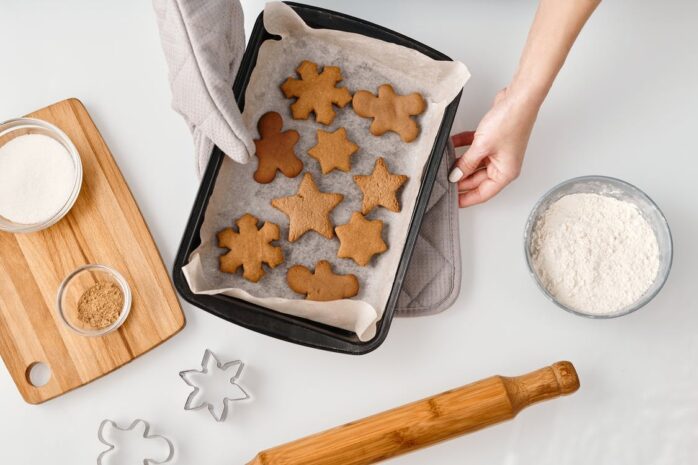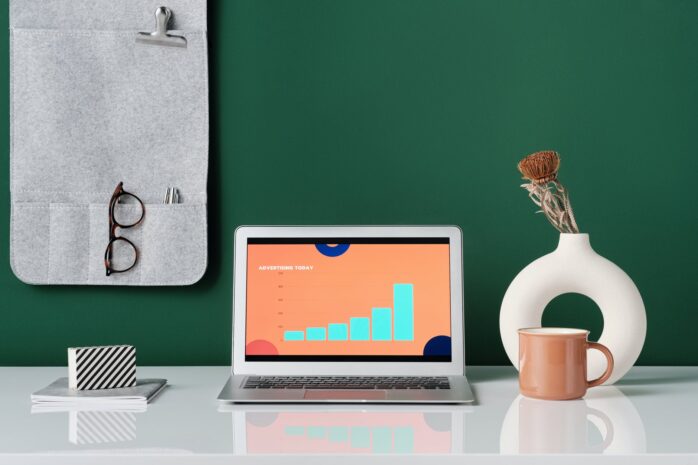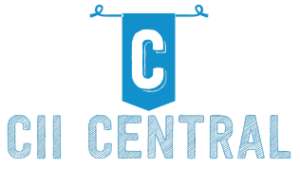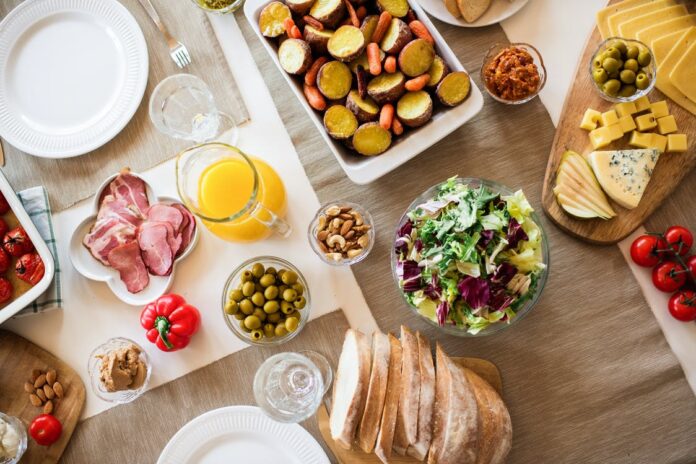Food and beverages are an integral part of our lives. They are necessary for us to survive (well, at least some of them), and on the other hand they ensure maximum pleasure for our palates and are an important part of every socializing and creating unforgettable memories with loved ones.
However, have you ever wondered how the food you buy in the supermarket gets on those shelves? The process of developing food and beverages is very long, and only the producers know what stages they have to go through in order to reach the final product.
It’s a long and tiring process. In order for you to better understand food and beverage products development, we decided to share with you some of the most important steps in the whole process. Let’s dig in!
1. It all starts with an idea

The process of developing every product, including food and beverages, starts with an idea.
Everything that exists around us used to be just an idea that lived in someone’s mind.
Many actions later, we get to the point where we can physically touch that idea, and in the case of these products, also consume it. Of course, the idea cannot be just anything. It should solve some kind of the consumers’ problem. This problem can be the high price of existing products, insufficiently satisfying taste, insufficient practical packaging. When you find a hole in the market, this is what you need to start working on, because this is the best way to gain customers.
Of course, someone is lucky enough to come up with a completely innovative idea for a product that has not existed on the market so far, which is an additional plus. However, nowadays there is almost no food or beverage that has not already been invented, and the main goal of manufacturers is to find a way to improve products that already exist.
2. Formulation of the best recipe and testing

The manufacturer (startup, small, medium, or large company) at this stage hires another company or an independent scientist to help them formulate the best possible recipe for the product. This phase often takes a long time, and with good reason. It is not an easy task to find a recipe that will meet the needs of consumers and represent the best possible combination of ingredients.
It is necessary here to use good ingredients and find a combination that will produce the desired taste. Of course, it is vital to pay additional attention that the ingredients are of high quality, but also that their price is satisfactory, ie. to fit your budget.
The food and beverage consultant will make an initial combination of ingredients that he or she deems to meet your requirements. This is followed by a testing phase in which the taste and other important properties of the product are checked.
Keep in mind that this testing should be performed by the manufacturer, but also by a group of potential consumers, which is especially important. You need to have enough feedback from different sides to ensure that you get an objective opinion. After that, corrections of the formulation and the final taste are made until a satisfactory result is obtained.
3. Manufacturing and further development

After the formulation and testing phase, the production process is started, followed by new testings. What you need to keep in mind here is that the final taste of food and beverages after production may differ from the taste of the initial testers. That is why it is important that you have the best food technologists in your company who will take care of all the details, so as to ensure that the optimal combination of ingredients is always used. This will enable you to get the desired taste and other important product features. This phase lasts until obtaining a product of uniform quality, ie. until you can ensure that your consumers are able to enjoy a completely identical product every single time.
If you are working on the development of your food or beverage product and you need additional help, you can find it at wssintl. It is a company that was established in 1997 and conducts sensory and consumer research for the food, beverage and household product industries. With their useful services and advice, you can be sure that you will get the best possible formulations, prices and quality of your products.
4. Quality control

After obtaining the product of the desired taste and other important characteristics, a quality check follows. This is an indispensable part of the food and beverage development process because it allows very precise determination of the shelf life and protection of consumer health, which should always be your top priority. During this phase, the color, taste and aroma of the products are examined, so that their stability is defined and it is detected whether additional changes are needed before they are put on the market.
5. Marketing and sales

And finally, when you are completely sure that your product is ready to be found on the shelves in supermarkets, it will be placed on the market, and then the marketing and sales phase follows. You need to inform your future consumers that the new product is now available, what are its benefits and why customers will want to use and enjoy it. The way it will be advertised depends on the type of product, but also your personal preferences.
Consider whether you want to use billboards, sponsorship events, social media campaigns, etc. Decide which way you want to go, and then make sure you have a team of marketing experts next to you to help you reach your desired sales volume.
Conclusion
Food and beverages are an important part of our lives, but how often do you wonder how the groceries we find on supermarket shelves actually get there? The development of food and beverage products is a long process consisting of several stages.
It all starts with a good idea, followed by the formulation of a recipe and testing the combination of ingredients until the desired result is achieved. This is followed by production, additional corrections as needed, and then quality control, marketing and sales.
Nowadays, there are companies that are of great importance to manufacturers in order to get the best products at the lowest prices.




